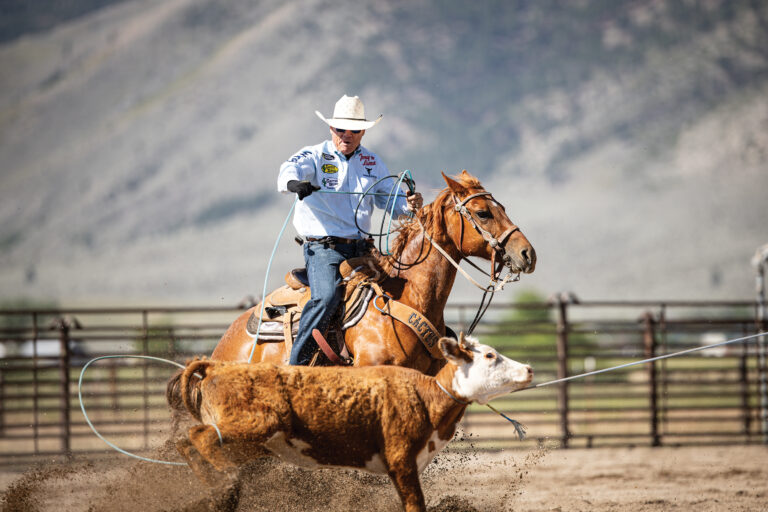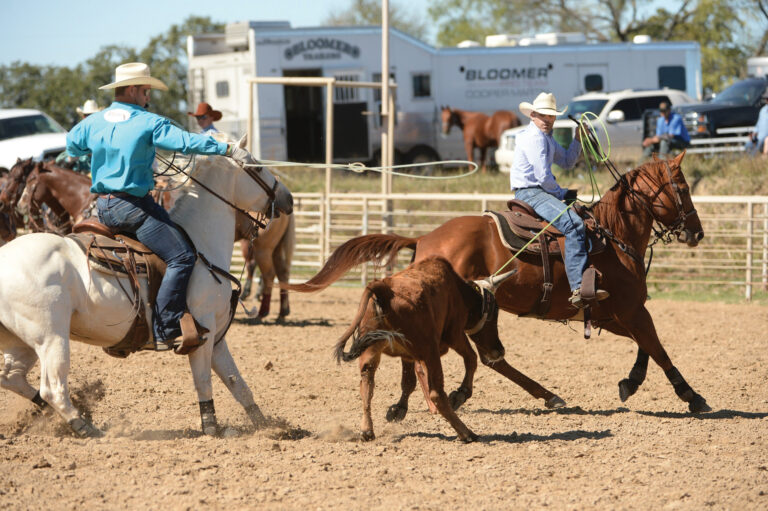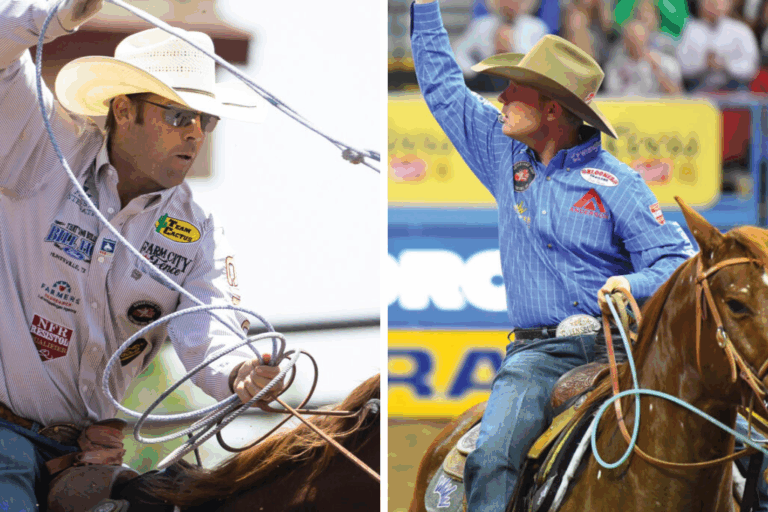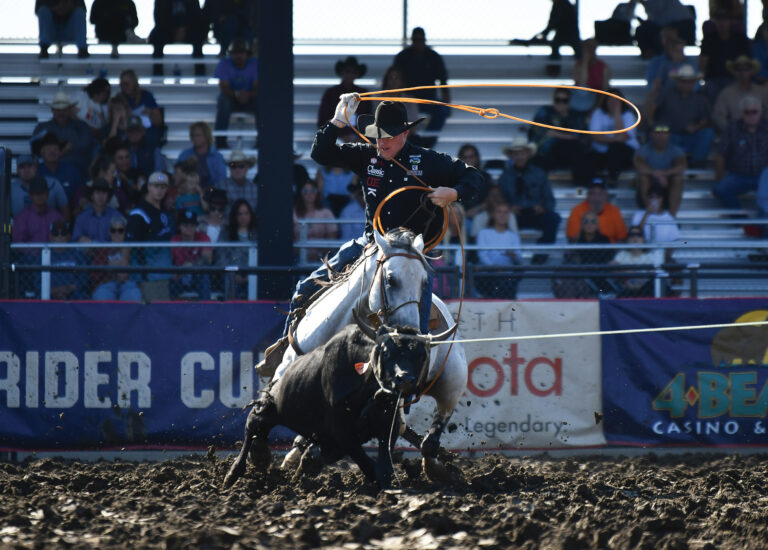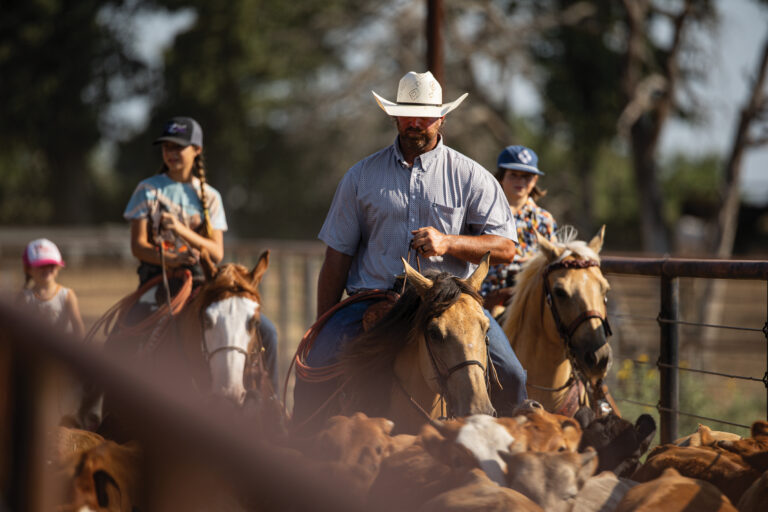As a little kid, I got to where I could rope the horns. I could get to where I needed to be, or I could make it work by stepping back and letting my loop do the work for me. As a young roper, you can get really good at all sorts of things with a rope.
But if you don’t ride your horse well, and you don’t put yourself in a position to catch and to win, then you won’t ever get very good at team roping because the horsemanship part of it is huge. It’s actually the part of it that I have worked on the very hardest through my whole career and tried to learn and get better at.
1. Work with what you have.

I was making NFRs, roping at the highest level possible, but I still needed to do more to get better at how I rode to position to give myself the ability to win more. I went to 19 NFRs, and I didn’t have an arena at my house. But what I did have, was a lot of open country. And I went and rode my horses all the time. I thought about how can I make me and my horse understand each other better every day? How can I get him in shape when I lift here and when I put a foot here, or when I’m asking him to go through the bar ditch and around this tree and do all these little quirky things?
READ MORE: Riding Is as Important as Roping at the Highest Level
2. You’re always training.
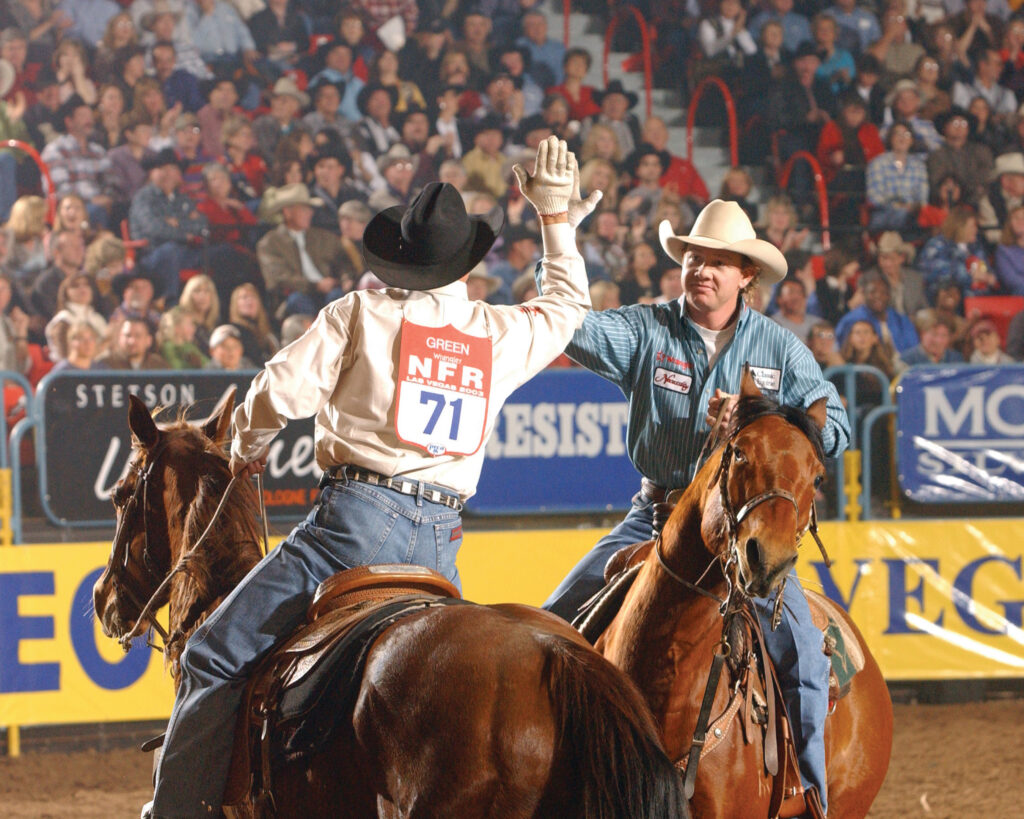
I stopped and thought about, ‘What does my horse feel? How does he understand that when I deliver, I want him to get on his butt and stop?’ You can do it by roping a million steers. But you can also do it by teaching him your body. When I ride, when I build power in my swing, when I’m athletic in my saddle, I’m pushing down in my stirrups. I’m squeezing not only with where my spurs are, but I’m squeezing with this part of my leg or I’m squeezing with my calves. What am I telling him? Or how do I tell him in a way that builds consistency with when I make my shot, when I’m coming into the corner, when I leave the box, when I do step by step, how am I communicating with my horse what I want out of him? These things don’t have to be built in the arena. These cues can come outside, making do with whatever you have.
WATCH: Top 5 Horsemanship Videos of 2023
3. Build success inisde the arena outside the arena.

You can learn your horse in the arena, you can do it out of the arena. You can do it in a lot of ways so that your communication with your horse turns into all good things that build into success in the arena. I learned where I was squeezing with my calves when I’d deliver my rope, and I’d just recreate that scenario whether I had steers to heel or not. I would go just long trotting or loping through a bar ditch, or around a tree or even around barrels—just working on the same cues I was using through the corner and through my delivery.
READ: Roping’s Much-Needed Horsemanship Refocus
4. Communication is key.

The better we know our horses, the better we take care of them, the better we communicate with them, the more we’re going to get out of them. I had several really, really good horses through my career, but I learned how to communicate with each one. Is he getting the idea that that’s what I want when he feels me do that and I come around the corner heeling a steer? Does he give me what I want? Am I communicating well with him?
LISTEN: Horsemanship and More with Kory Koontz
5. Horsemanship = relationship
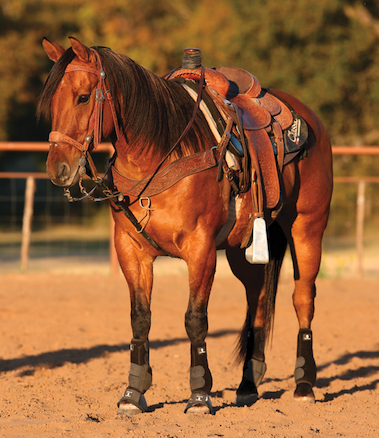
And I like to think that I built relationships with all of those really good horses that I had. I didn’t just use them as a tool, and then get rid of them when they didn’t give me what I needed. I get emotional even talking about it, because my horses mean something. If you need to win, they have to give you everything they have. As ropers, we have to realize that we can’t just do it on our own. Your relationship with your horse is what’s going to determine how much he gives you with how much you’re giving him.
WATCH ON ROPING.COM: The Most Critical Element of Team Roping is Horsemanship
—TRJ—





